Care Of Potted Sage Herbs - How To Grow Sage Plant Indoors
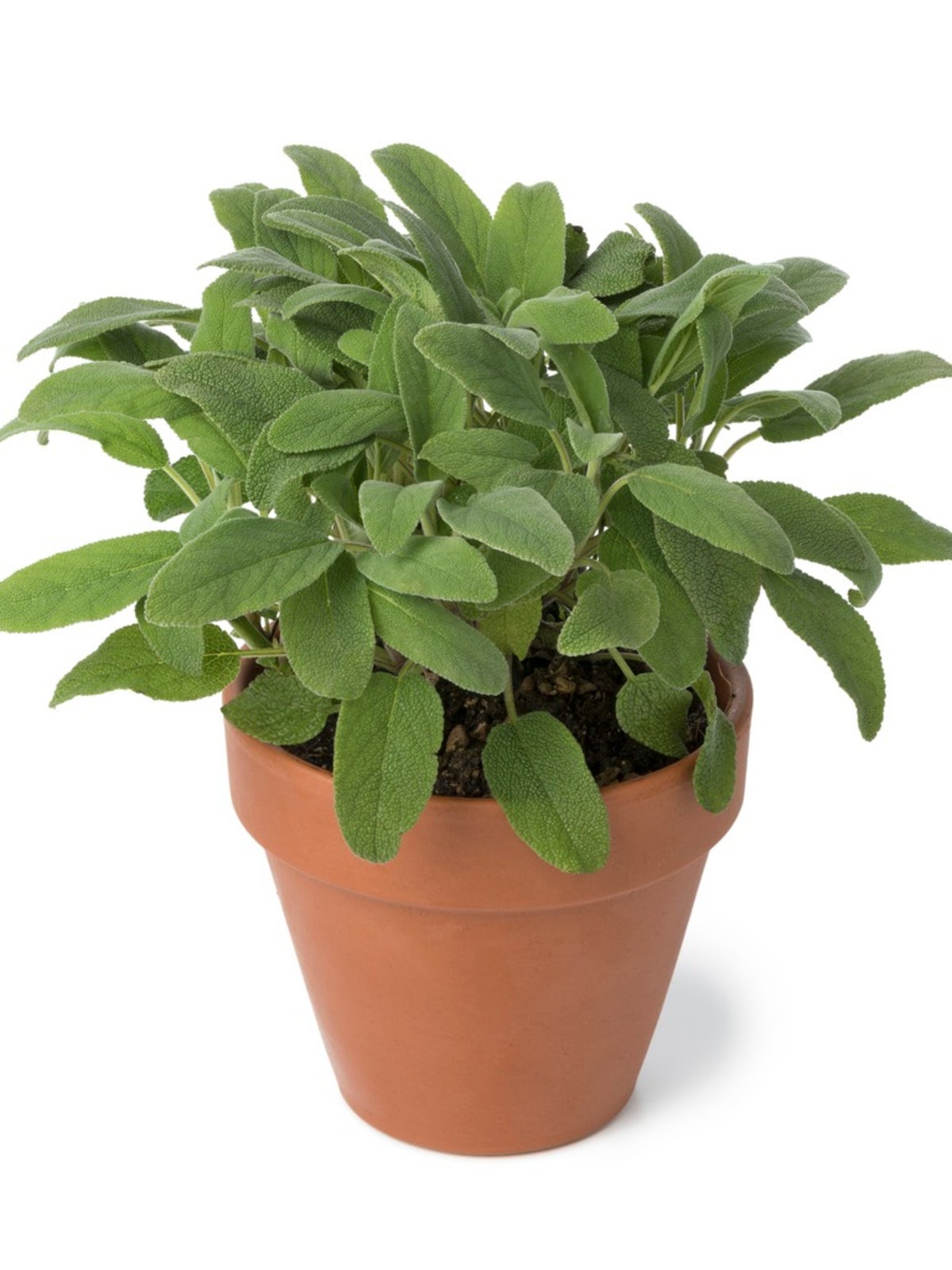

Sage (Salvia officinalis) is commonly used in poultry dishes and stuffing, especially during the winter holidays. Those living in cold climates may think dried sage is the only option. Perhaps you've wondered, "Can sage be grown indoors?" The answer is yes, growing sage indoors during winter months is possible. Proper care of potted sage herbs indoors provides ample leaves of this distinct herb to use fresh in holiday meals.
How to Grow Sage Plant Indoors
Learning how to grow sage plant indoors is not difficult when you understand that lots of light is necessary for successfully growing sage indoors. A sunny window with several hours of sunlight is a good start whenever you are growing sage in containers. Likely though, the sunny window will not give potted sage plants enough light to flourish abundantly. Therefore, supplemental lighting can improve the situation and is often necessary for the care of potted sage herbs. Sage needs six to eight hours of full sun daily. If your sunny window does not provide this much daily sun, use fluorescent lighting when growing sage indoors. A double fluorescent tube mounted under a countertop, without cabinets underneath, can provide the perfect spot for sage in containers. For every hour of sunlight required, give growing sage indoors two hours under the light. Place the potted herb at least 5 inches (13 cm.) from the light, but no further away than 15 inches (38 cm.). If artificial light alone is used when growing sage in containers, give it 14 to 16 hours daily. Successfully learning how to grow sage plant indoors will include using the right soil too. Sage, like most herbs, does not require a rich and fertile soil, but the potting medium must provide good drainage. Clay pots assist in drainage.
Care of Potted Sage Herbs
As part of your care of potted sage herbs, you will need to keep the plants in a warm area, away from drafts, in temperatures around 70 degrees F. (21 C.). Provide humidity when growing sage indoors, with a nearby pebble tray or humidifier. Including other herbs in containers nearby will also help. Water as needed, letting the top inch (2.5 cm.) of soil dry out between waterings. When using fresh herbs, use two to three times more than when using herbs that are dried and harvest the herbs often to encourage growth. Now that the question "Can sage be grown indoors" has been answered, give it a try for use in Thanksgiving and Christmas meals.
Gardening tips, videos, info and more delivered right to your inbox!
Sign up for the Gardening Know How newsletter today and receive a free copy of our e-book "How to Grow Delicious Tomatoes".

Becca Badgett was a regular contributor to Gardening Know How for ten years. Co-author of the book How to Grow an EMERGENCY Garden, Becca specializes in succulent and cactus gardening.
-
 8 Noteworthy Native Azaleas Every Gardener Should Know – And Grow!
8 Noteworthy Native Azaleas Every Gardener Should Know – And Grow!Native azaleas offer brilliant blooms in a range of colors and sizes. Here are a few favorites to get inspired and start working on a native shade garden!
-
 Growing Climbing Roses: How To Create Elegant Displays With Maximum Blooms
Growing Climbing Roses: How To Create Elegant Displays With Maximum BloomsMaster the art of growing stunning climbing roses with this essential guide to creating vibrant, fragrant walls and structures all summer long.
-
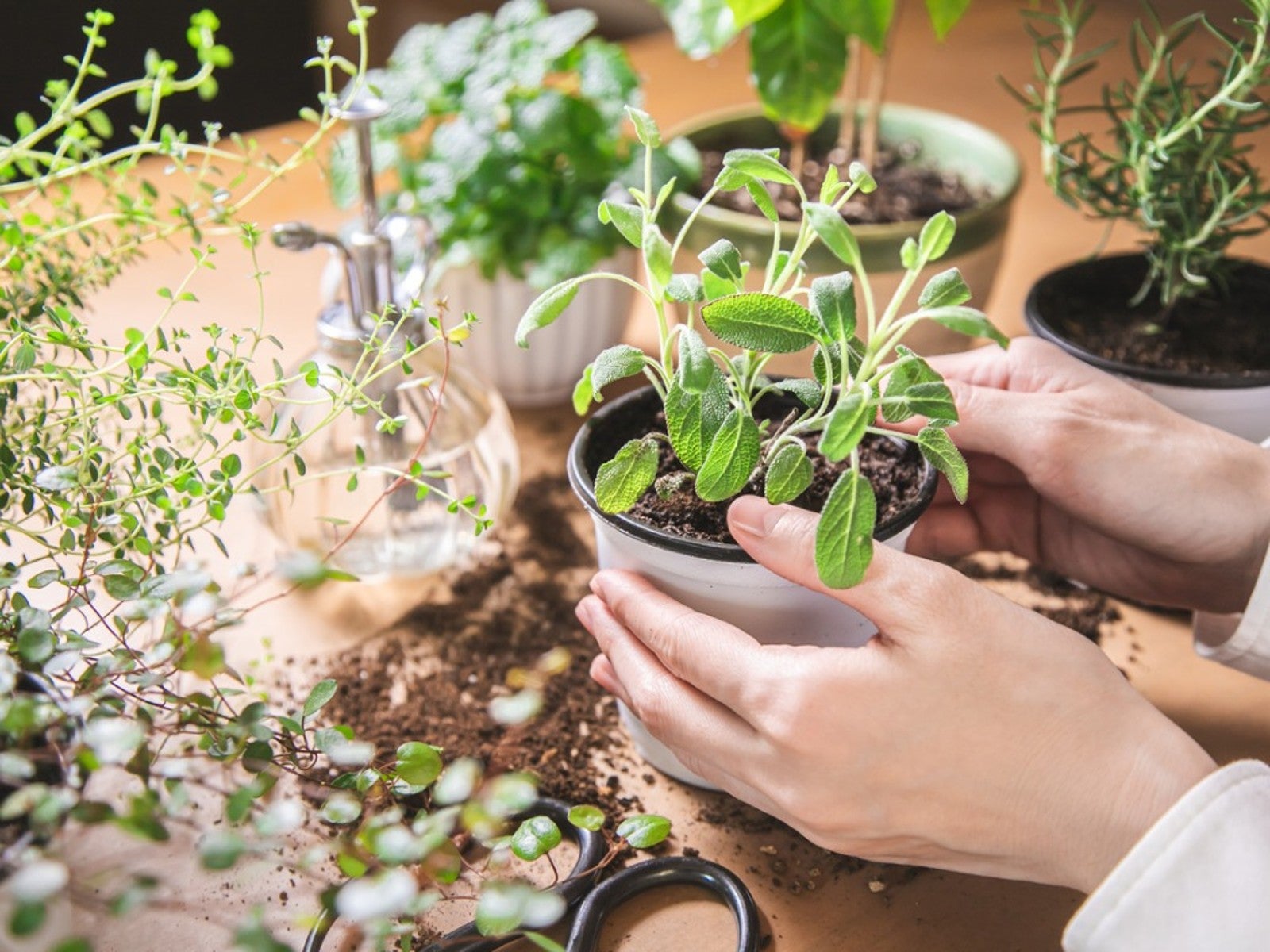 Propagating Sage: How To Grow Sage From Cuttings And Seed
Propagating Sage: How To Grow Sage From Cuttings And SeedOne of the best ways to acquire new plants is by propagating sage from existing ones. Read on to learn how.
-
 Picking Sage Herbs – When Should I Harvest Sage Herbs
Picking Sage Herbs – When Should I Harvest Sage HerbsSage is a versatile herb that is easy to grow in most gardens. It looks nice in beds but you can also harvest leaves to use dried, fresh or frozen. If growing to use in the kitchen, know when to pick sage and how to harvest it for the best results. This article will help with that.
-
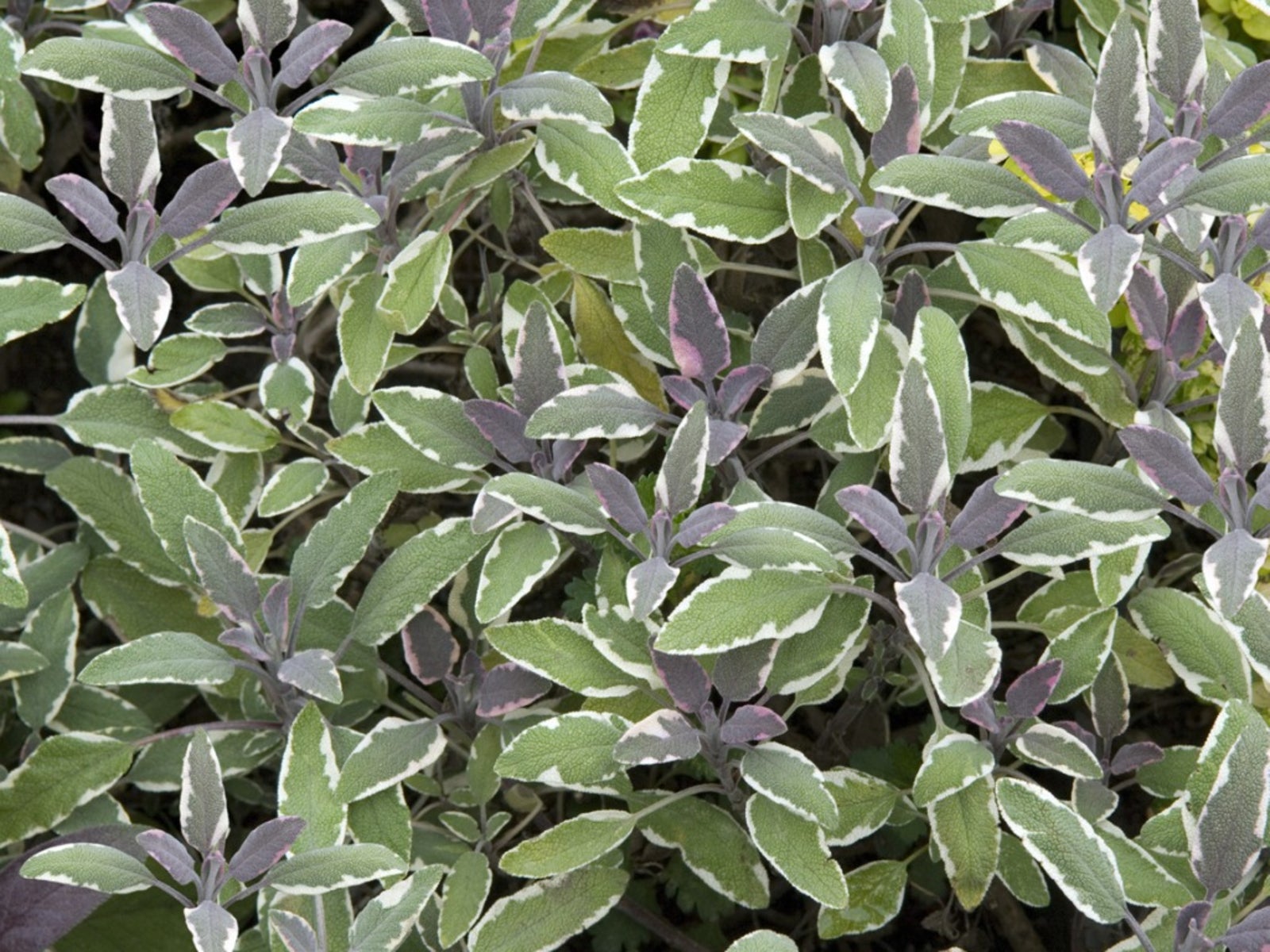 Tricolor Sage Herb – Tips On Growing Tricolor Sage Plants
Tricolor Sage Herb – Tips On Growing Tricolor Sage PlantsMany gardeners simply stick to green sage, but an interesting alternative that's gaining some real traction is tricolor sage. Tricolor sage plants do double duty as a culinary herb and as an ornamental. Learn more about growing tricolor sage in this article.
-
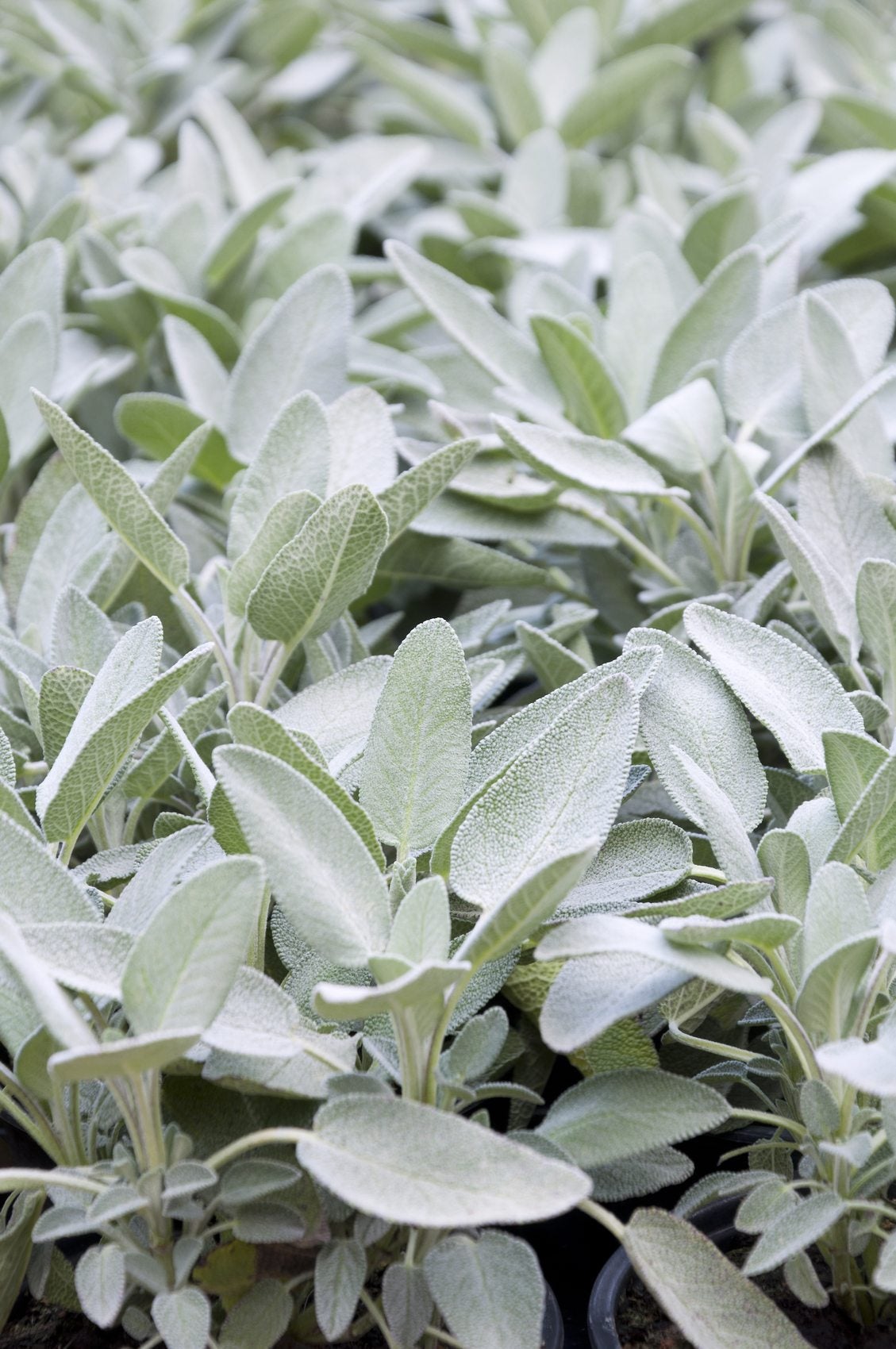 Sage Plants For Gardens: Learn About Different Types Of Sage
Sage Plants For Gardens: Learn About Different Types Of SageThere are many different types of sage. Some are culinary, some have medicinal properties and some are grown purely for ornamental purposes. All of these sage plants work well for gardens. Find out about sage plant varieties and their uses in this article.
-
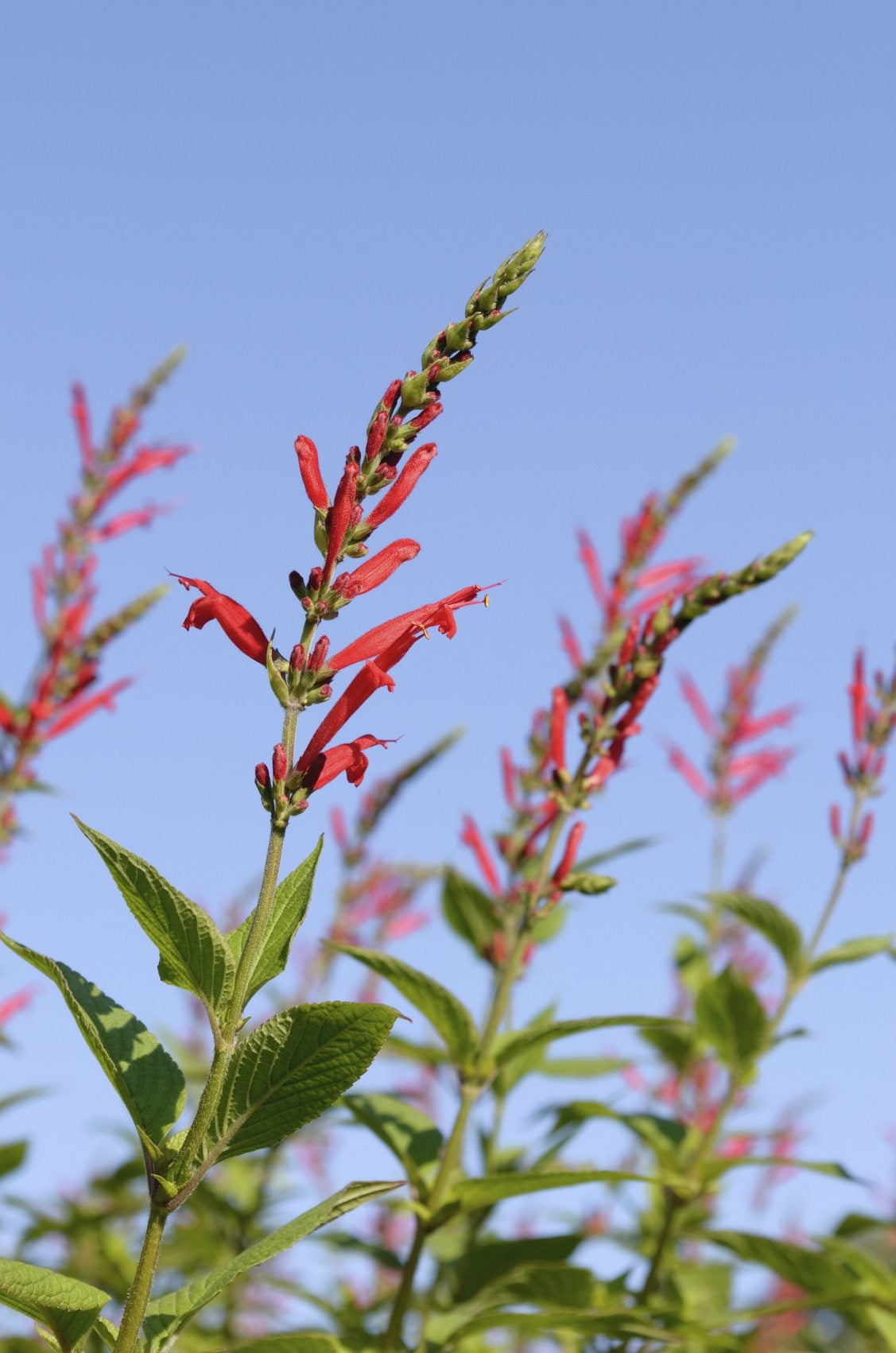 Tangerine Sage Plant Info: How To Grow Tangerine Sage Plants
Tangerine Sage Plant Info: How To Grow Tangerine Sage PlantsHighly ornamental and relatively speedy, growing tangerine sage couldn't be easier, as long as you meet the plant's basic growing conditions. Click this article to find out how to grow tangerine sage plants in the garden.
-
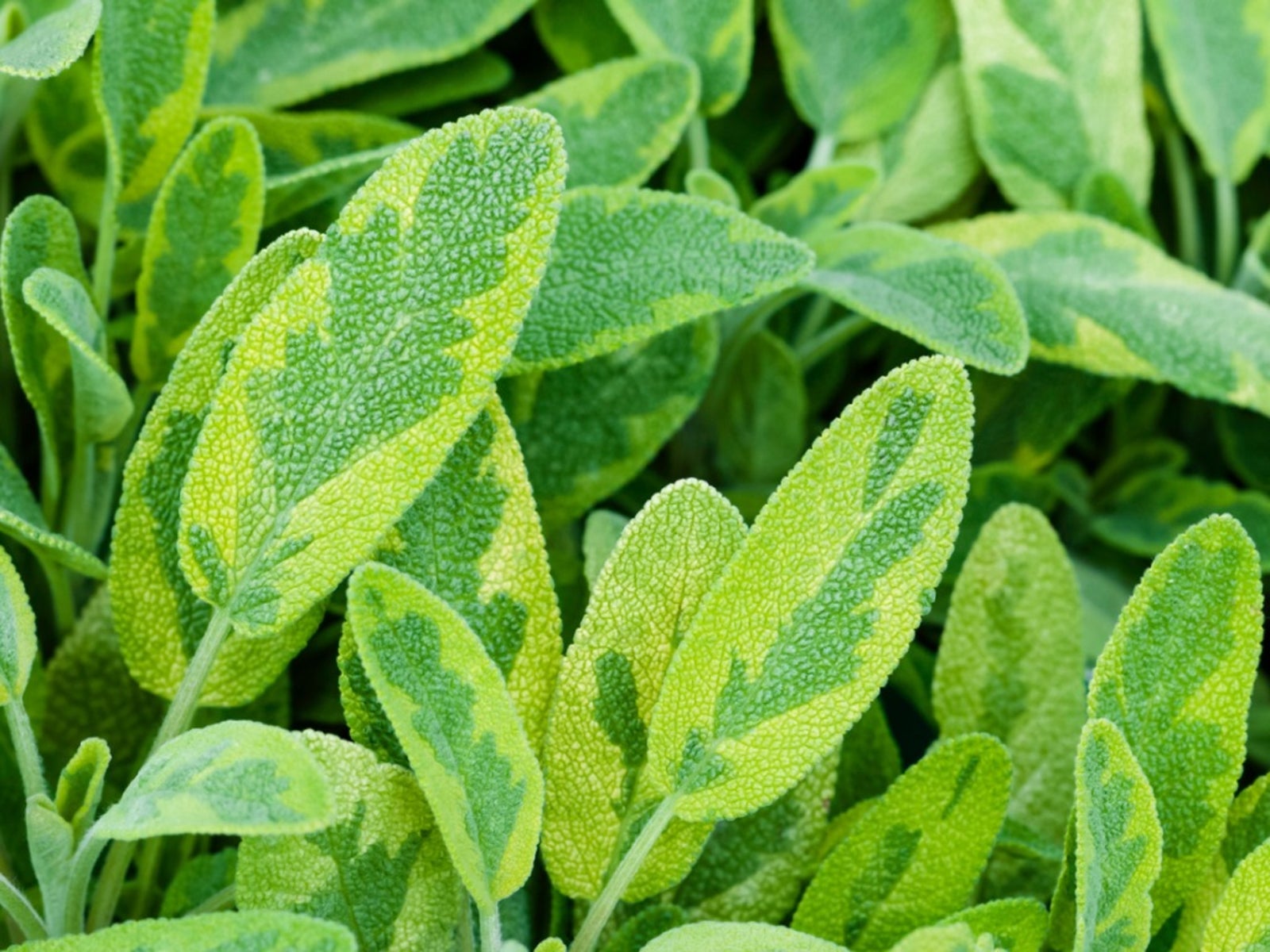 Golden Sage Care: How To Grow A Golden Sage Plant
Golden Sage Care: How To Grow A Golden Sage PlantGolden sage has the same aromatic and flavor properties of traditional sage but boasts lovely variegated leaves that are a contrast from the grayish leaves of common garden sage. Learn more about golden sage in this article.
-
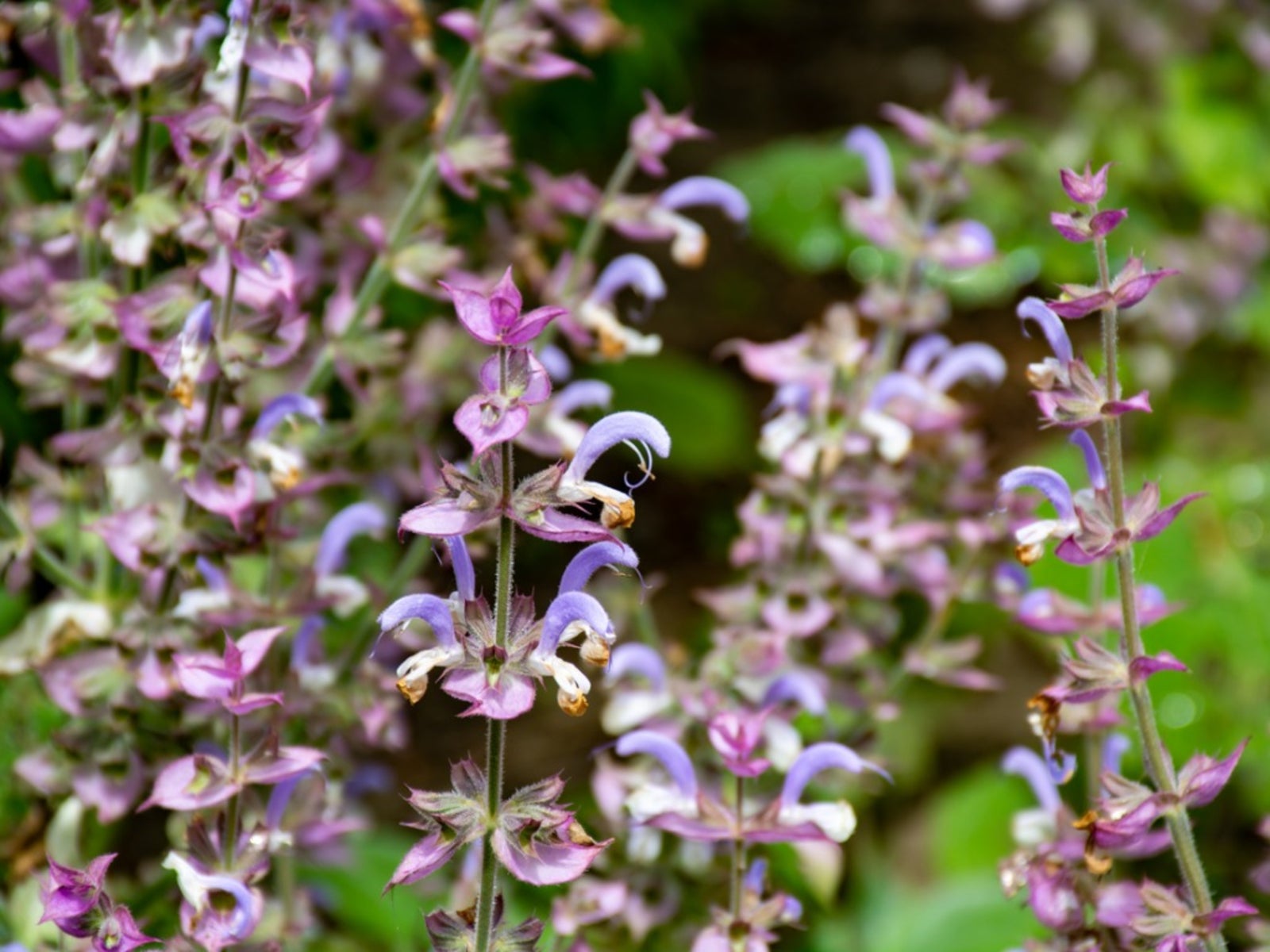 Growing Clary Sage: Enjoying The Clary Sage Herb In Your Garden
Growing Clary Sage: Enjoying The Clary Sage Herb In Your GardenClary sage plant has a history of use as a medicinal, flavoring agent and aromatic. To learn more about the herb and its uses, as well as how to grow clary sage, the information in this article will help.
-
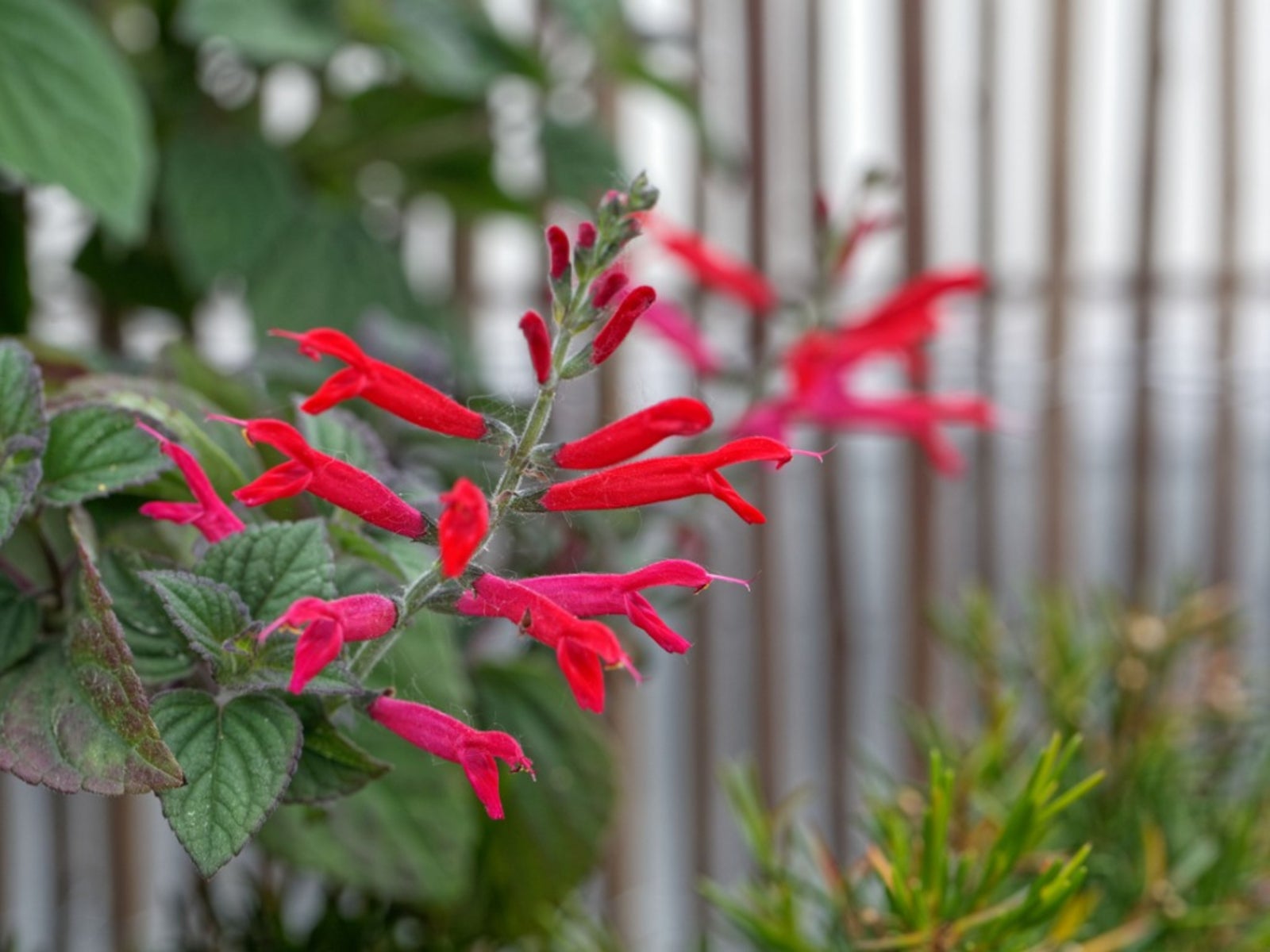 Tips On How To Grow Pineapple Sage
Tips On How To Grow Pineapple SageLeaves of pineapple sage emit the fragrance of pineapple, hence comes the common name of the pineapple sage plant. The easy care of pineapple sage is one more reason to have it in the garden. Click here for more.